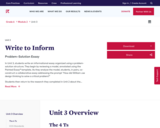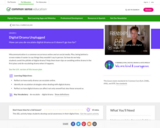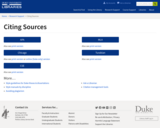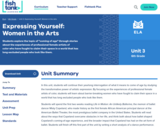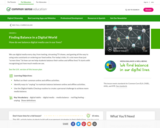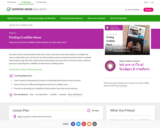
Students begin a new anchor text in Unit 1, The Boy Who Harnessed the Wind. This text introduces students to the module topic of critical problems and design solutions by presenting the story of William Kamkwamba, a Malawian boy whose community endures a devastating drought and famine. To address this critical problem, William builds a windmill that produces electricity and helps make his family and community less vulnerable to the consequences of future droughts. Over the course of the unit, students identify the elements of design thinking that guide William in the construction of his windmill, as well as the habits of character (e.g., initiative, perseverance, and compassion) that William demonstrates throughout his many setbacks and restarts. Carefully sequenced tasks throughout Unit 1 invite students to analyze how central ideas are conveyed in each chapter of the text and examine the methods used by the writers to introduce William and develop his character. This work prepares students for the Mid-Unit 1 Assessment.
In the second half of Unit 1, a close read supports students’ comprehension of a supplemental informational text, focusing on central idea and vocabulary. Through two Language Dives, students determine the figurative meaning of language used in the anchor text and use surrounding context as a clue to the meaning of unfamiliar words. As students continue to read The Boy Who Harnessed the Wind, they determine how the textual structure of the chapters helps to convey meaning. They also review principles of effective summary writing. This work prepares students for the end of unit assessment.
At the end of Unit 1, students deepen their understanding of the design thinking process and use a note-catcher to track the steps of William’s design thinking. The unit closes with a text-based discussion that introduces students to the protocol that will be used in the End of Unit 3 Assessment.
- Subject:
- English Language Arts
- Material Type:
- Unit of Study
- Provider:
- EL Education
- Date Added:
- 05/17/2024
